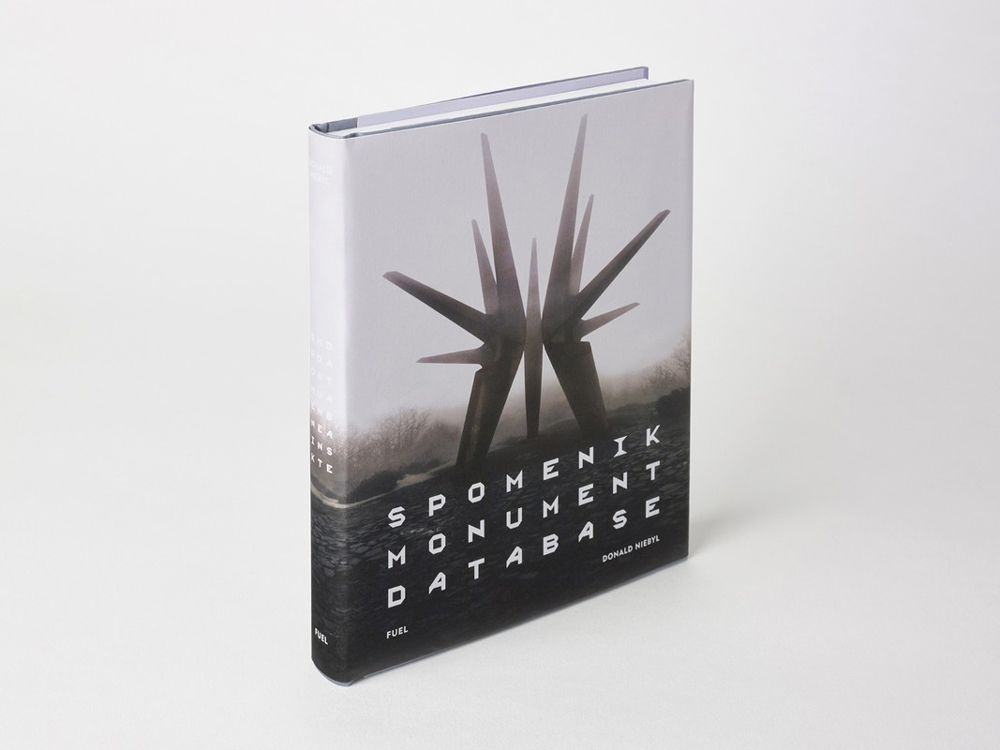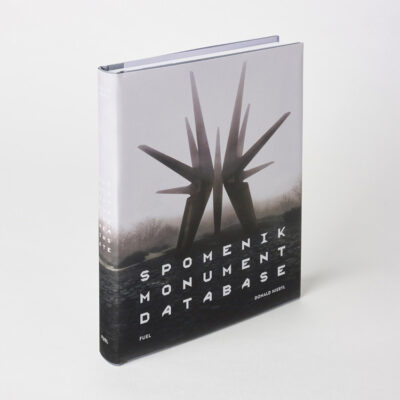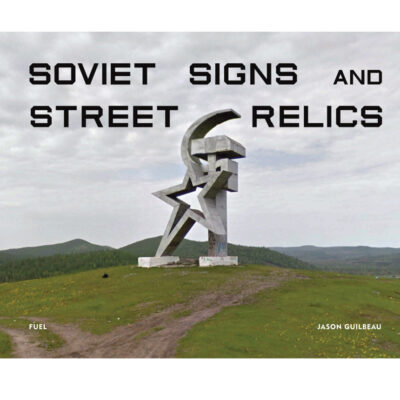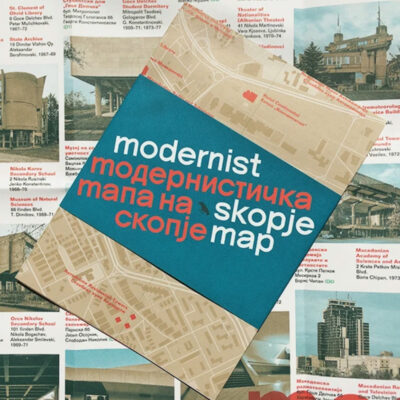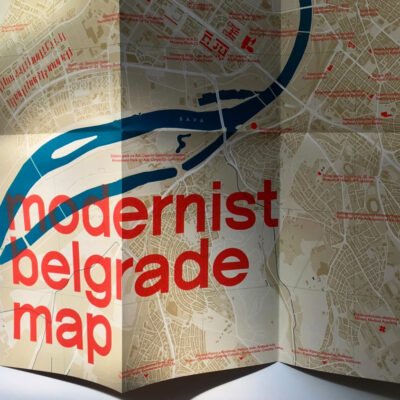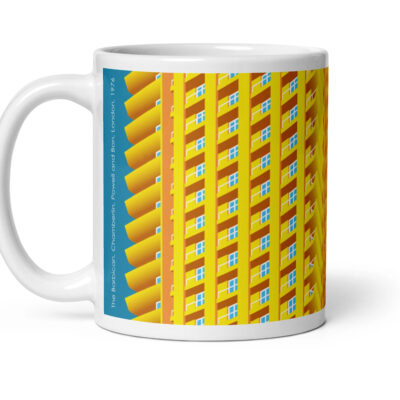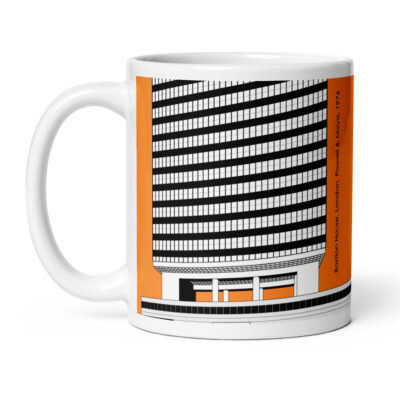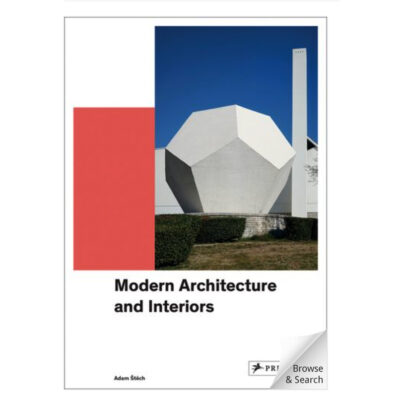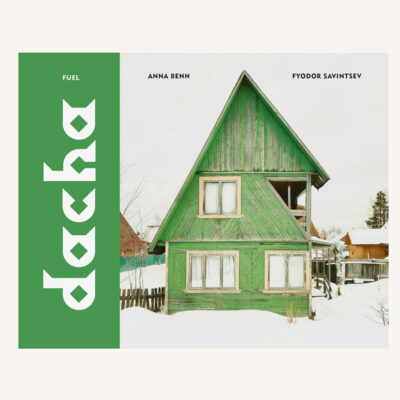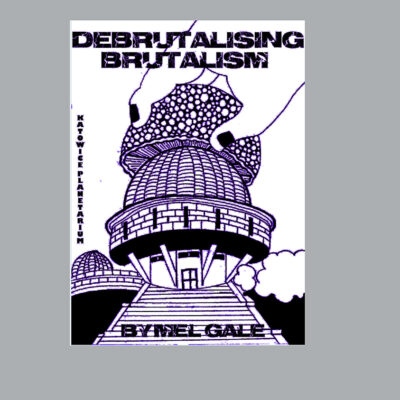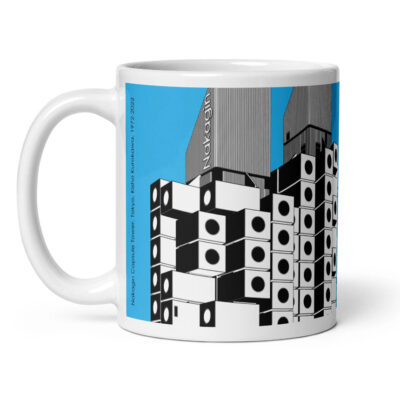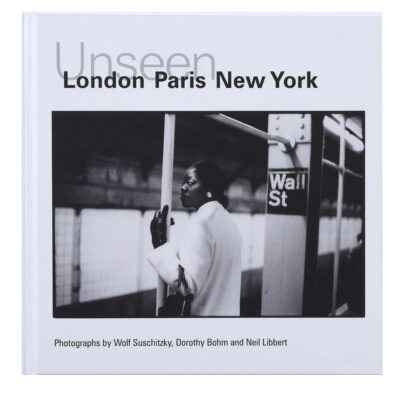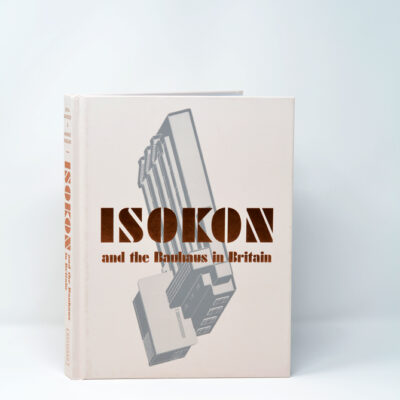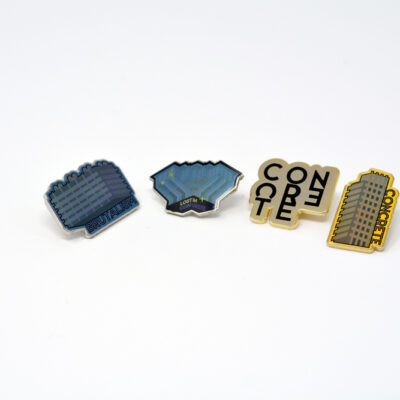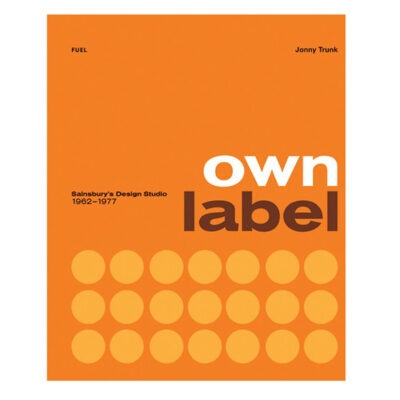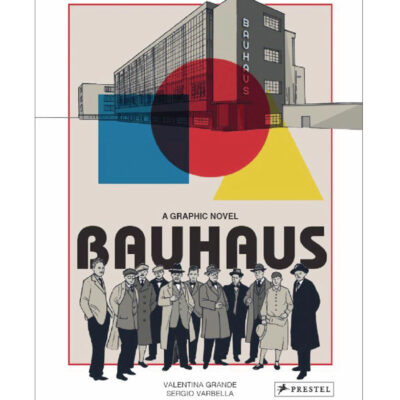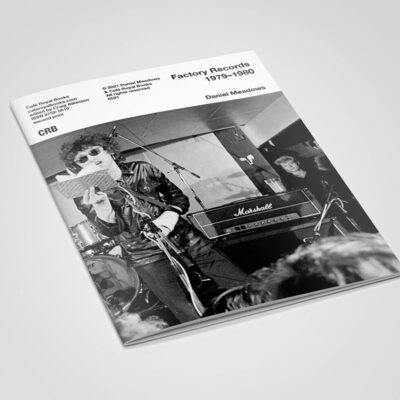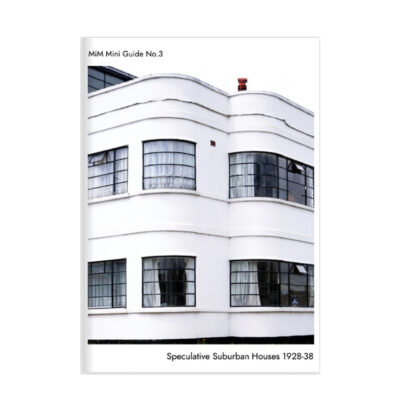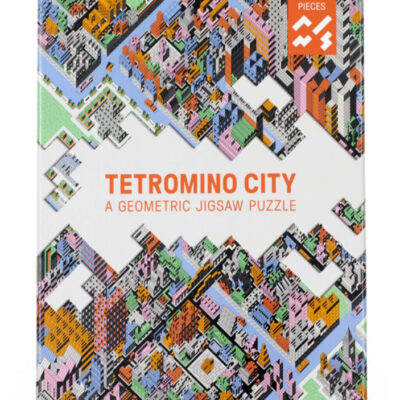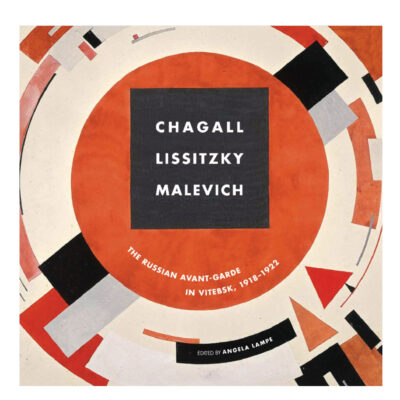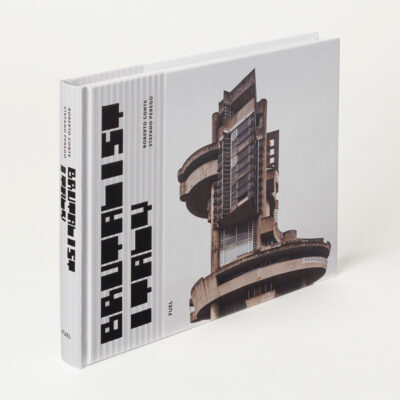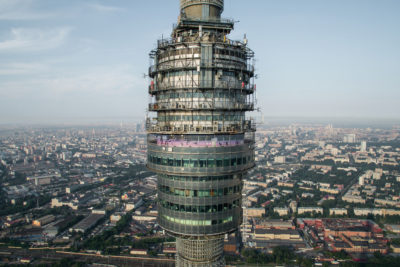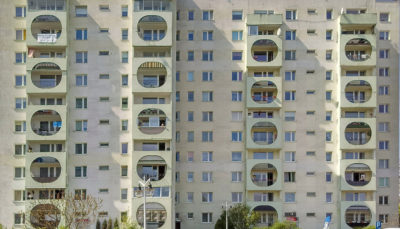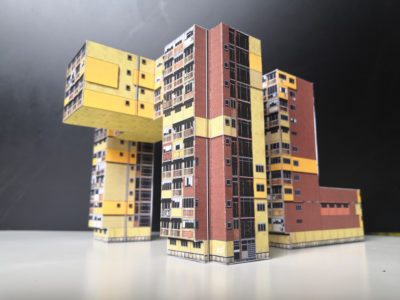Spomeniks
A Heroic and Terrible History Caught in Concrete
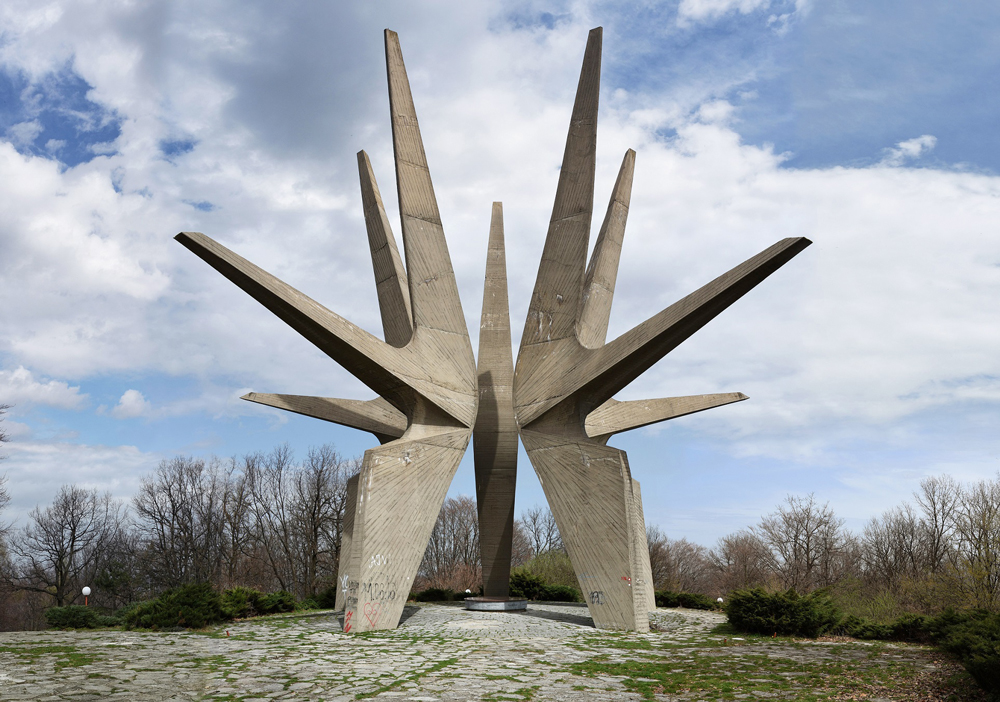
Monument to Kosmaj Detachment, Sopot Serbia, Vojin Stojić 1971 ©
The mighty, abstract concrete “spomeniks” are unique not just in their vaunting ambition to render in concrete, stone, metal and other materials the horror, the courage and the endurance of people’s resistance against Nazism but that Yugoslavia under Tito, a relatively short-lived unified country, shared a common concept of how to express the inexpressible.
In 2015 American Donald Niebyl happened on Belgian photographer Jan Kempanaers’ images of incredible memorial sculptures the likes of which he never could have imagined. He was instantly captivated and did all he could to learn more about them. These forms were communicating a huge amount of symbolic language and history from a region that to him seemed hopelessly out of reach. They are the spomeniks.
“The few articles in popular media I could find at the time had precious little information about them outside of describing them in unhelpful sensationalist terms ‘alien’ or ‘UFO’ or ‘otherworldly’ “
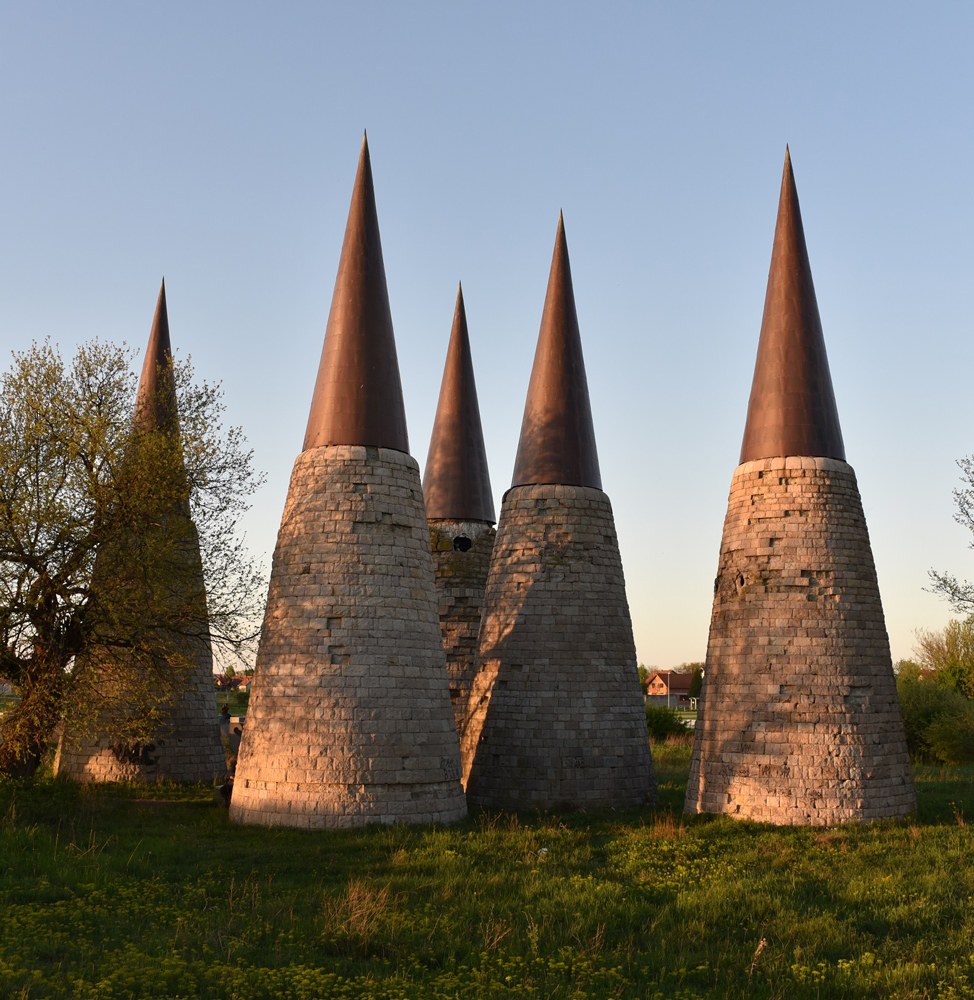
The Dudik Monument Vukovar Croatia Bogdan Bogdanovic 1980 ©
Determined to learn about the history of these works, who created them, why were they created and why were they situated in such remote locations. Donald then travelled to the former Yugoslavia between jobs to see the monuments for himself. Tracking the locations down consisted largely of scouring Google Map satellite images until he spotted them. During his first trip in 2016, Donald found about 50 spomeniks, which he meticulously documented while friends he made along the way helped with the history, translating inscriptions and deciphering symbolism.
So started the “Spomenik Database” and, quickly, interest grew across the internet.
Five years later Donald’s project continues and he’s published a book on the topic. His website has catalogued and mapped hundreds of spomeniks, he’s taken tours, presented lectures around the world, and met and communicated with many of the monuments’ architects (or their families). For Donald, the really humbling aspect of the work is hearing from the many people across the world inspired and touched by the project.
Donald’s work has brought the spomenik to a global audience while being deeply respectful of their purposes and the dark events and gallantry they remember. We’ve witnessed this development and so Greyscape is immensely proud to be given Donald’s own deep dive into his project and the importance of the spomeniks.
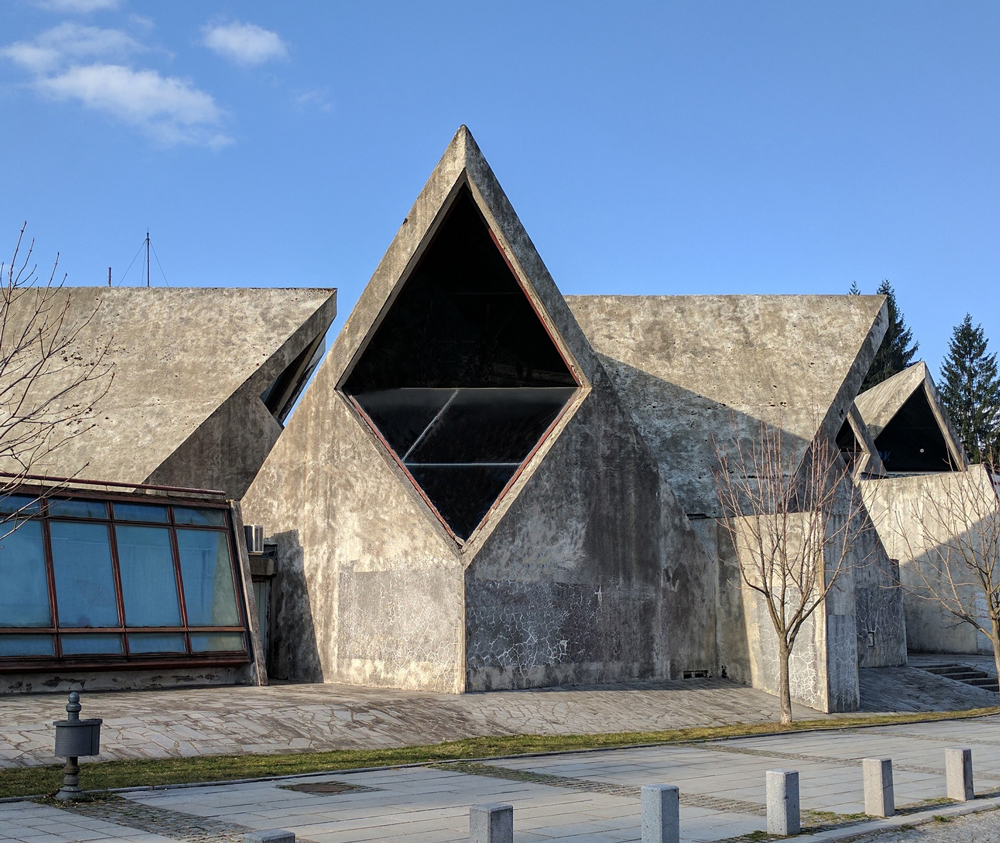
The Memorial House, Kolašin Montenegro, Marko Mušič ©
Is Spomenik a direct translation of the word monument or is it something more, and which language is it in?
The word “spomenik” translates from the South Slavic languages of Slovenian, Macedonian, Croatian, Serbian, Bosnian and Montenegrin into the English word “monument” or “memorial”. To me, it is a very interesting word.
“The root of the word spomen- means memory in the same sense that the root of the word memorial is memory. However, the -ik ending of the word denotes a certain active nature that I think is special. For example, in the same South Slavic language group, the word rad means work in English, but when you add the -ik ending onto it, you get radnik which means worker”.
Therefore, the word “spomenik” implies a non-passive dynamic element of the object, where it exists as a living functioning repository in the preservation of memory.
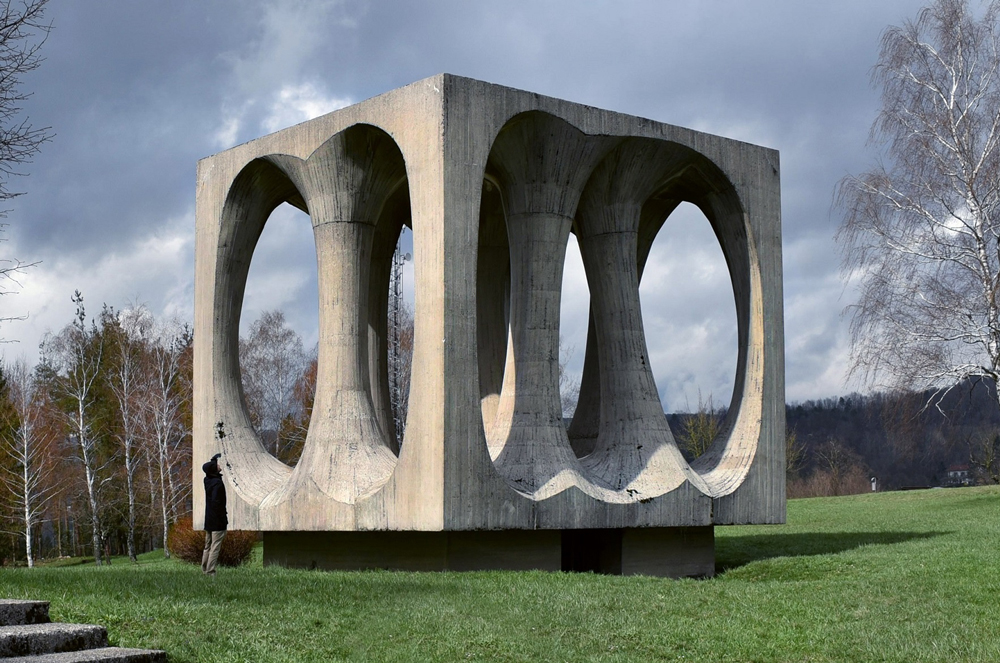
Monument on Freedom Hill, Ilirska Bistrica, Slovenia Janez Lenassi 1965 ©
Were the decisions to build them local-led or at national level?
The vast majority of the monuments built in Yugoslavia which memorialized and commemorated the events and victims of WWII were erected by local community efforts in bottom-up initiatives. While large amounts of latitude was granted to local communities as far as what form these monuments would take, there was significant oversight by local and regional branches of the Alliance of Associations of Fighters of the People’s Liberation Struggle (abbreviated SUBNOR), which was a national veterans group tasked with coordinating and harmonizing the creation of memorial objects in Yugoslavia.
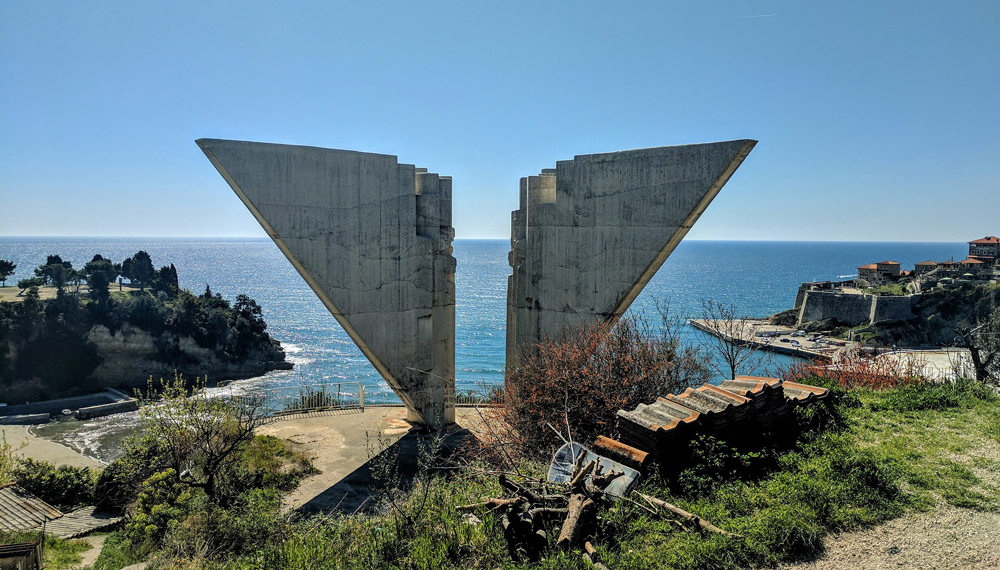
Freedom Monument Ulcinj, Montenegro Miodrag Živković 1985©
There is often this idea perpetuated in Western media that every single memorial project in Yugoslavia was instituted from a top-down approach by the highest levels of government (or that they were all built by the direction of Tito himself) but this is false. Only the largest of monumental projects were created in such a way that the Republic or Federal governments had any level of involvement. And from those, only a much smaller, select few, included input from President Tito in any way whatsoever, such as, for example, the monuments at Jasenovac or at Sutieska.
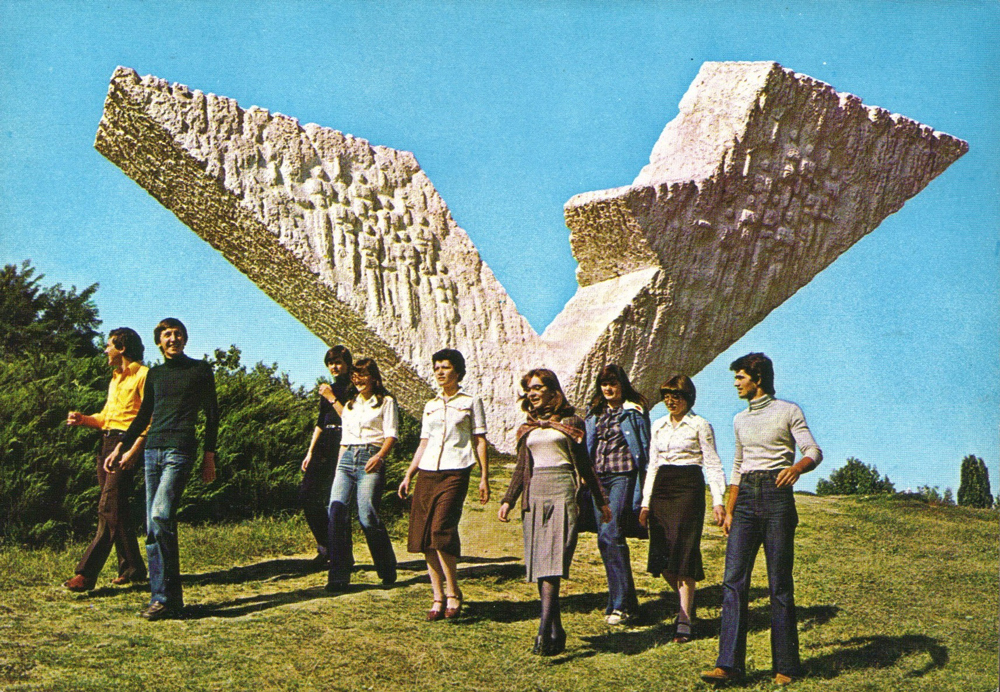
Monument to Executed Students, Kragujevac, Serbia-Miodrag-Živković, 1963
Today are they owned by the region or state?
I would start by saying that ownership naturally varies greatly depending on which memorial site we are talking about and what the legacy of ownership is for that given parcel of land upon which the monument resides or resided. In cases where a monument resided on state-owned land during the Yugoslav-era, it would often pass to that of the new national governments. Meanwhile, as for monuments built on local or regional levels (as most of them were), ownership issues were not often problems. However, sometimes in instances where land on which a monument was constructed was taken by the government during the Yugoslav-era from private property owners, repatriations were carried out. Many issues of this sort still carry on to this day.
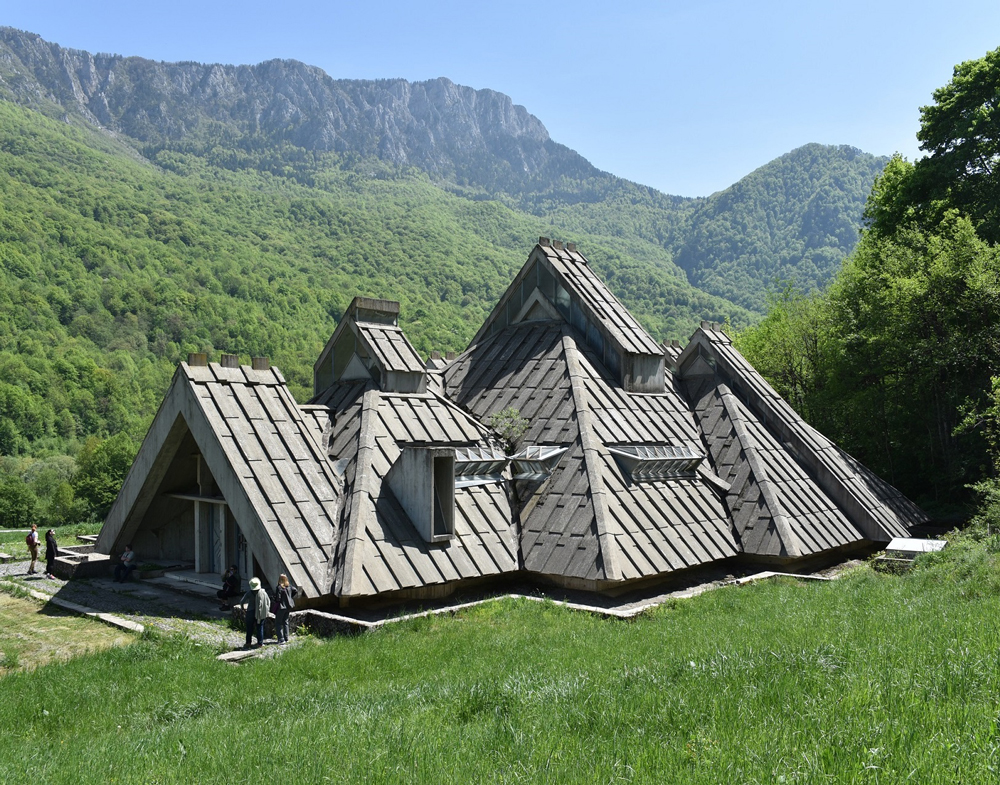
Sutjeska Memorial House,Tjentište BiH Ranko Radović 1974 ©
Currently, for instance, the Catholic Church in Mostar. BiH is petitioning that the land upon which Bogdanović’s Partisan Memorial Cemetery resides be returned to them, as they claim it was taken from them by the government in the 1960s. Finally, ownership can be fraught and confusing mess that still remains unresolved in many cases up to today. For example, in the case of the Monument to the Uprising at Petrova Gora, Croatia, the monument sits upon the intersection of three different municipalities, as such, debate continues on to this day about who the actual owner and responsible party for the site actually is.
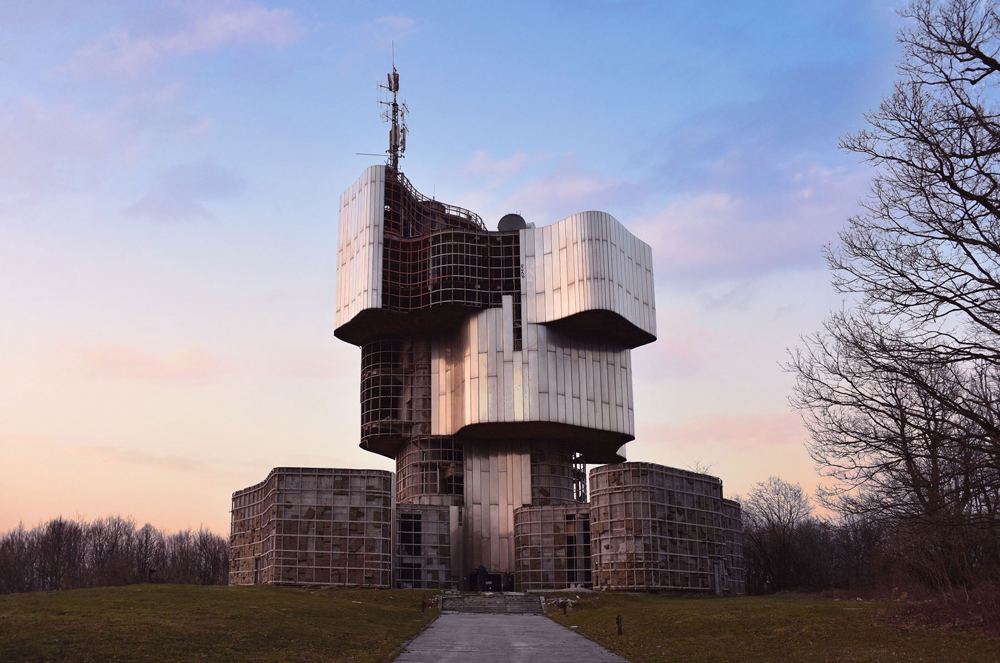
Monument to the Uprising Petrova Gora Croatia Vojin-Bakić 1981 ©
When they were built how were they seen by the local communities – were they embraced as a fitting tribute to heroes – anti-fascist fighters and in memory of victims OR were they considered a construct of the state? How did the families of the people memorialized react to the designs?
It is often quite a difficult thing to determine from our vantage point in present times how exactly the people of any specific community in the 1960s or ’70s truly felt about a particular monument or memorial site. Not only were such observations infrequently reported in newspapers or in academic writings of the time period, but it would also, no doubt, have been difficult then for the social barometer towards a particular work to even be measured. However, looking at historical photos from the Yugoslav-era of commemoration ceremonies and events, countless views can be seen of exuberant diverse crowds gathered around newly built monument showing huge amounts of pride and satisfaction. I think, for the majority of cases, these expressions can be understood as a good marker for determining how communities felt about these works.
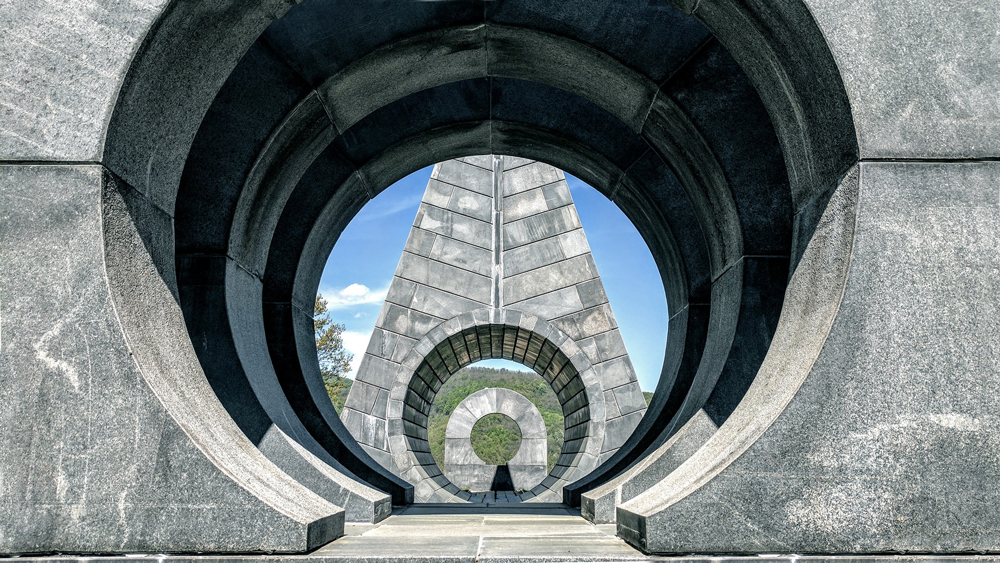
Popina Memorial Park, Stulac Serbia, Bogdan-Bogdanović 1981 ©
To your question, it is without doubt that large amounts of the population were pleased by them and did see them as fitting tributes to fallen fighters and victims, yet, as Yugoslavia began to be dismantled in the early 1990s and a series of wars began, these monuments were often targeted with destructive force during the course of those violent conflicts, as if dismantling the monuments was a symbolic extension of their desire to dismantle Yugoslavia.
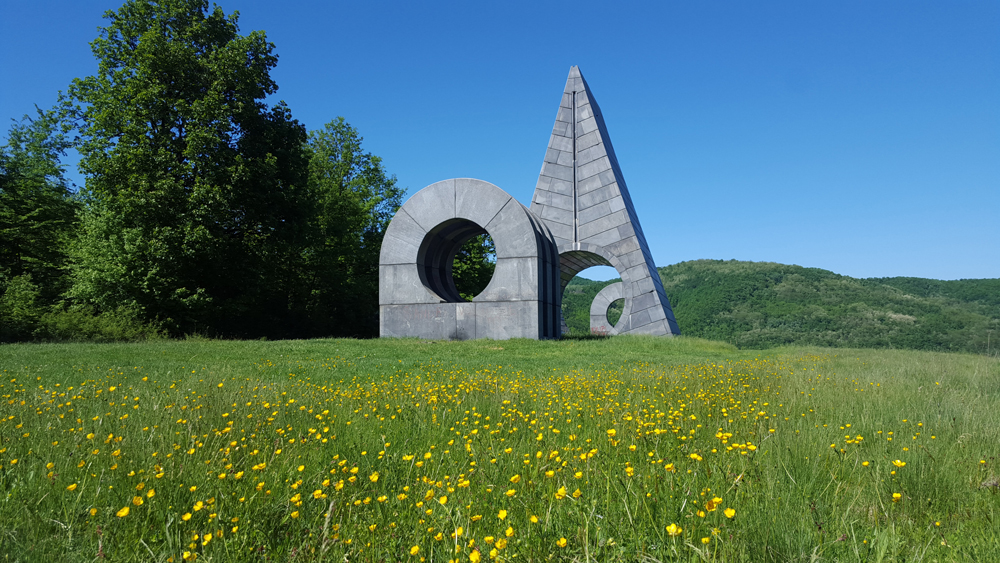
Popina Memorial Park Stulac Serbia Bogdan Bogdanović 1981 ©
Meanwhile, your question also reminds me of a discussion I had a few years ago when I met in Belgrade with the sculptor Svetomir Basara, who created several monuments in the Šar Mountains region south of Prishtina. In conversation, I asked him how the local community responded to his monuments (which were largely works of bare geometric concrete). Interestingly, he remarked that his works there were, in some cases, the first monuments that the people of that region had ever seen, thus effectively becoming the archetype in their minds for what a monument looked like.
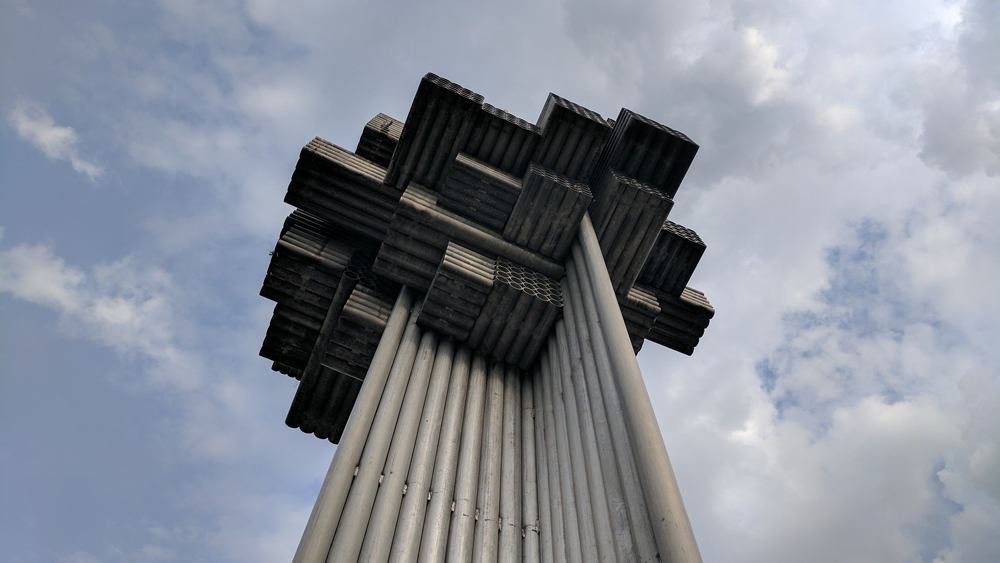
Memorial Park Bratunac BiH Petar Krstić 1978 ©
Finally, it is pertinent to note in regards to your question that I have read accounts of some groups being dissatisfied with certain monuments. For example, in the case of the Stone Flower monument at Jasenovac, some sources I’ve read recount that certain families of the concentration camp victims felt that the bare concrete floral shaped monument was insufficient in the matter of depicting and capturing the immense gravity of the suffering and death which was inflicted upon the untold thousands of people who were executed there.
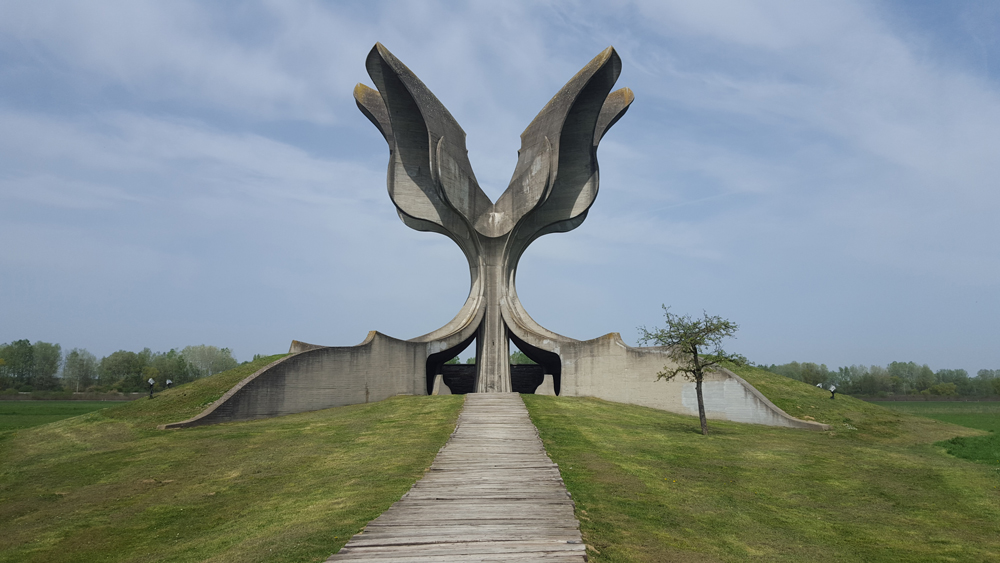
The Flower Monument Jasenovac, Croatia Bogdan Bogdanović ©
A second example I can think of is the 1962 memorial mosaic by Boško Karanović on the front of the May 25th Memorial Museum in Belgrade (what is today the Museum of Yugoslavia). It was controversial upon its unveiling, with art critics of the time writing that it was a confusing and ineffective portrayal without clear meaning.
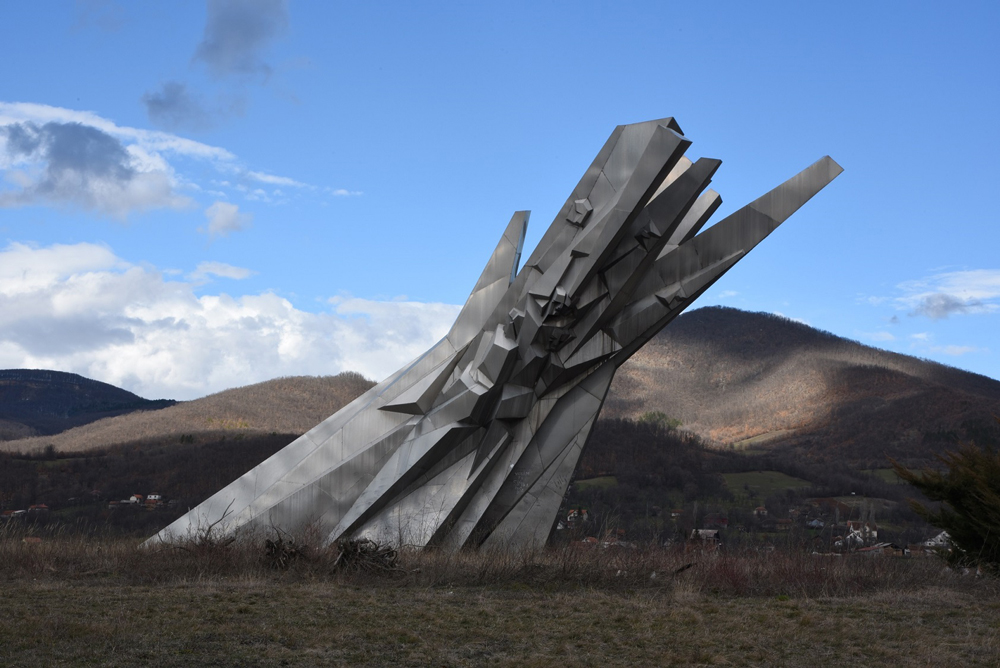
Monument to Courage Ostra Serbia Miodrag-Živković 1969 ©
How should we consider the role of the designers, the architects, how much freedom did they have?
The role of the authors of these monuments cannot be overstated… whether that be the sculptors, artists, architects or other creators. In the decision-making process for determining the shape that major monument projects would take, it was standard practice for design competitions to be convened for the selection of a suitable solution. These competitions attracted Yugoslavia’s best and brightest creative minds, with high profile projects often having dozens of proposals submitted. These proposals were then judged by an expert jury populated by leading artists, architects, historians, veterans, politicians and many others.
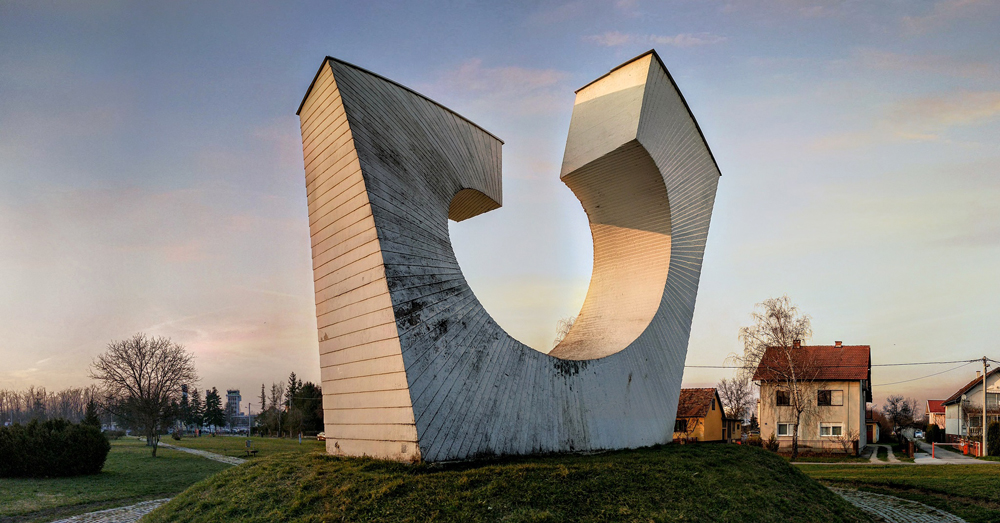
Broken Ring Monument Pleso Croatia Marijan Burger 1978 ©
Once a certain proposal was accepted and given the green-light for construction, the winning authors often exerted significant creative control over the projects, sometimes even to the consternation of the committees overseeing the projects. For example, the creation of the famous Ilinden Monument (or Makedonium) in present-day Kruševo, North Macedonia is a fascinating story of the struggle between its authors Jordan & Iskra Grabul against the project’s oversight committee. Jordan & Iskra had a determination to create a work of great abstract symbolism and staunchly refused to have their vision compromised, all the while, certain members of the oversight committee consistently tried to push their art in a more traditional and figurative direction. However, despite these attempts, Jordan & Iskra’s vision persevered at the end of the day, even despite all of the bureaucratic interference attempting to subvert their art. As such, this story is a good illustration demonstrating the freedom afforded to many artists and architects who created the monuments in Yugoslavia.
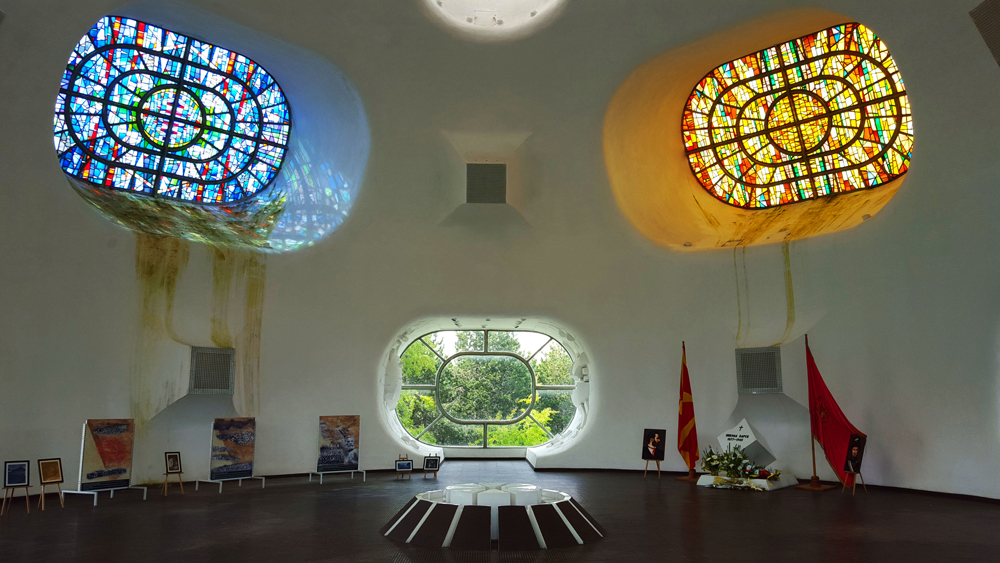
Ilinden Monument, Kruševo, North Macedonia. Jordan- & Iskra-Grabul,1974 ©
…. and is there a particular reason that so many of them are so huge?
As far as your question about the immense scale on which many of these monuments exist, there are many components to this phenomenon. One unique component of WWII monument construction in Yugoslavia was monuments being constructed in the exact locations where events occurred, such as battles, massacres and historic episodes.
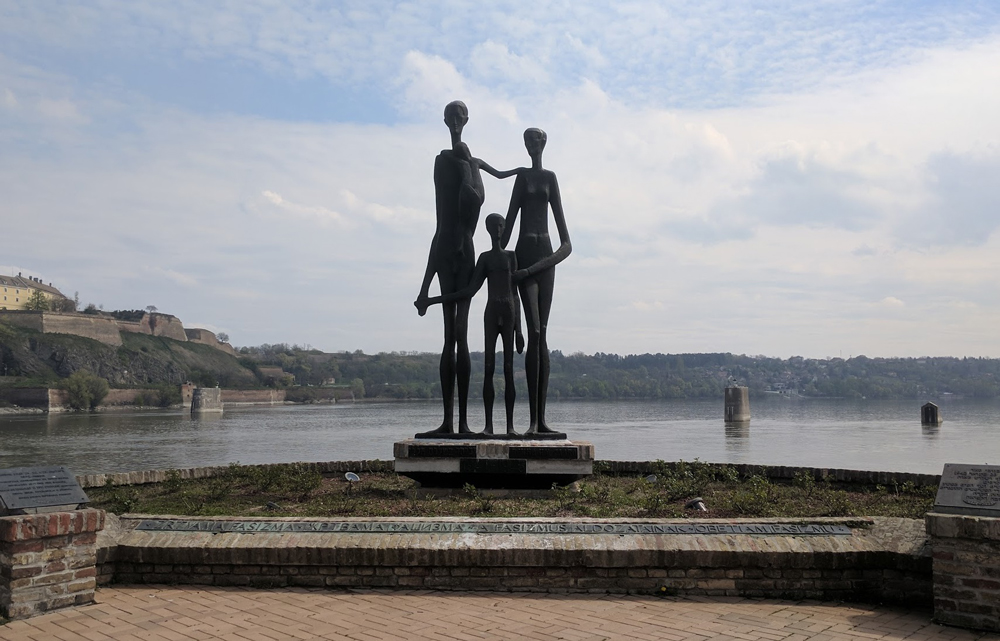
Monument to the Raid Novi Sad Serbia Jovan-Soldatović 1971 ©
Not only did this better connect monuments to the events which they were meant to commemorate, but it also obliged those who wanted to visit the monuments to trek out of their way to the remote region where these monuments were situated. As a result,
“what was created in Yugoslavia was a sort of “patriotic tourism” industry where the new middle class with their brand new Yugo car could, for the first time, go on holidays travelling around their country and, all the while, go on a sort of historical pilgrimage along the way from site to site.”
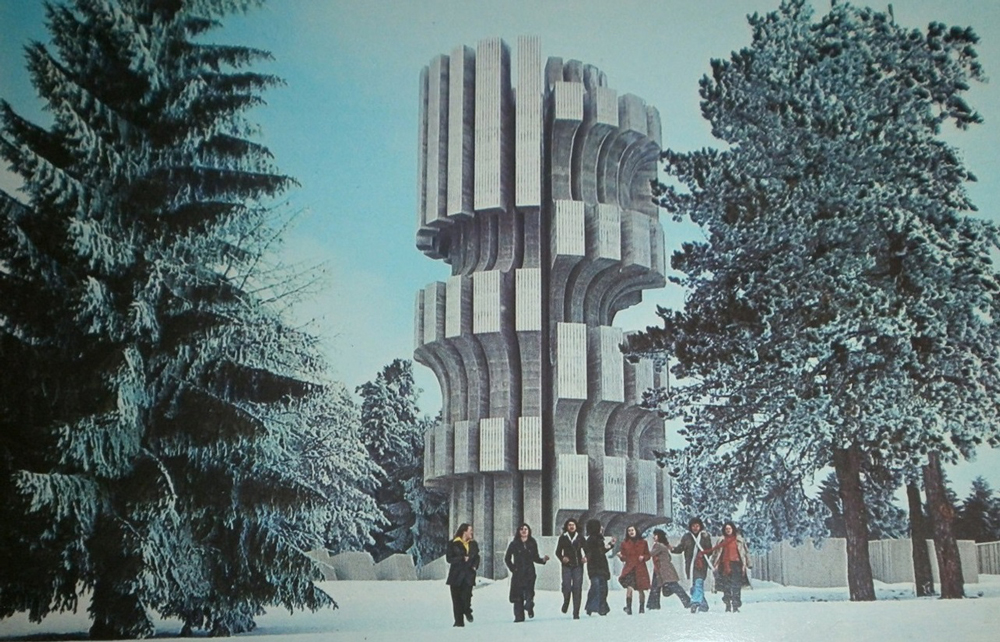
Monument to the Revolution, Kozara, BiH Dušan Džamonja, 1978
As such, many of the most significant memorial sites were developed as supreme destinations in their own right, with tourist facilities, museums, visitors centres, restaurants, picnic grounds, etc etc, and, at the middle of all this, the grand larger-than-life monument as the centrepiece. For example, looking at large scale works like those at Kozara National Park in BiH or at Petrova Gora in Croatia or at Kamenska in Croatia, these are all massive works situated atop mountains and hills and surrounded by whole tourist complexes meant to support them.
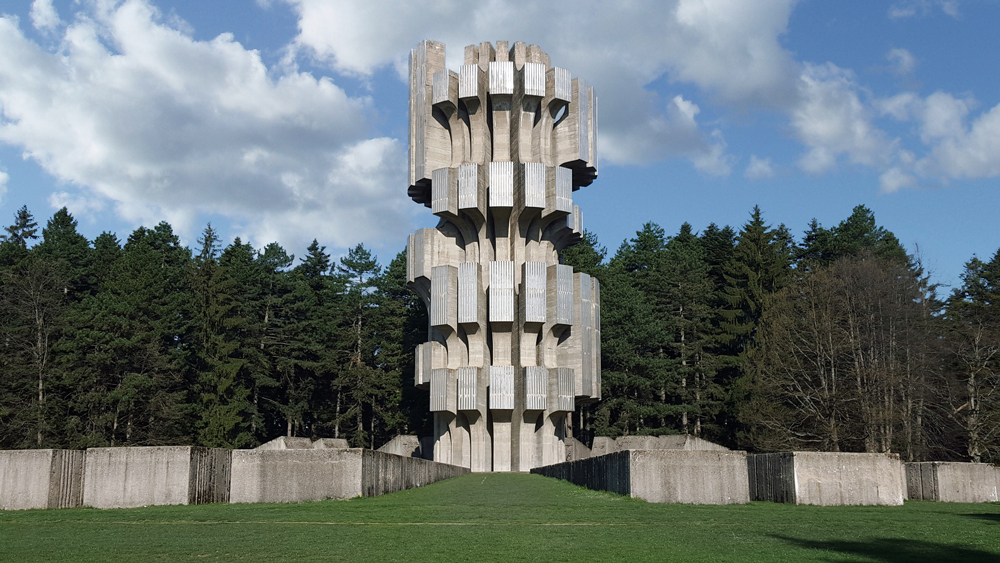
Monument to the Revolution Kozara BiH Dušan-Džamonja ©
The size of the monuments and their placement upon geographical features not only worked to symbolically underscore the immensity of the events being memorialized, but they also acted as pronounced punctuations upon the landscape that would draw and attract people instinctively towards them. Furthermore, I would also say that the potential intended symbolism of their size went an additional step.
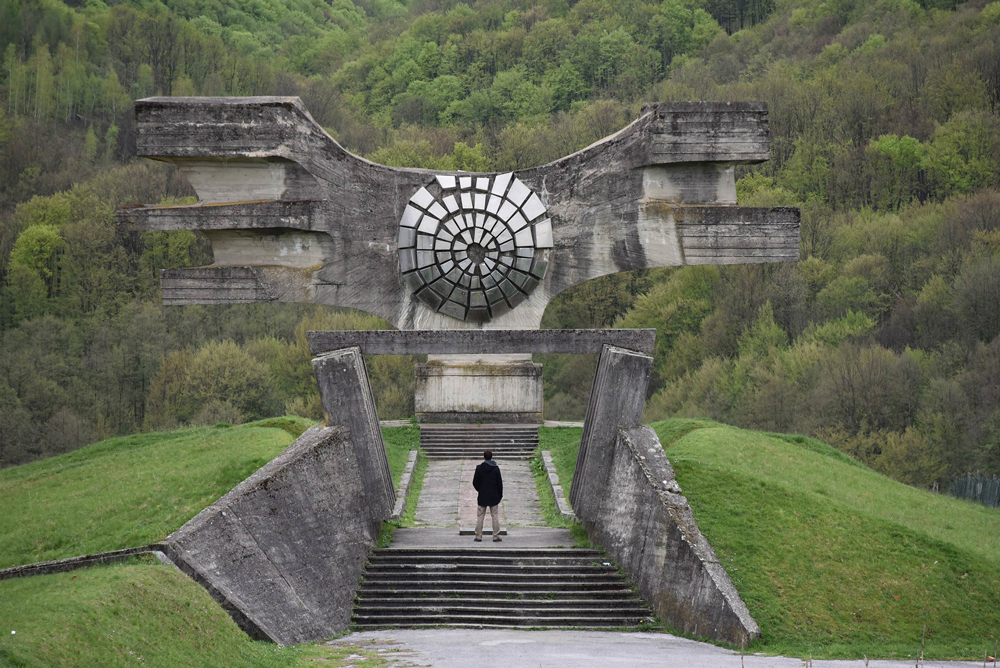
Monument to the Revolution Podgarić Croatia Dušan-Džamonja 1967 ©
When Tito and the Communist Party of Yugoslavia came to power after their victory in WWII against fascist forces, countless statues and monuments to previous governments and ruling powers were removed across this new country (particularly those of the Karadordević dynasty and the Ustaše). They probably remarked to themselves while doing so how easy it all was to remove these monuments of the old order, as most of them were quite comparatively small and modest in size. So, when the time came for Yugoslavia’s most significant moments to be memorialized, such as a Sutjeska, Kozara, Dražgoše, Petrova Gora, etc etc, every effort was made (whether intended or not) to create something that couldn’t simply be just whisked away by some future change of the political winds. And thus, as those political winds began blowing in the 1990s, the factor of ‘size’ very much turned out to be relevant.
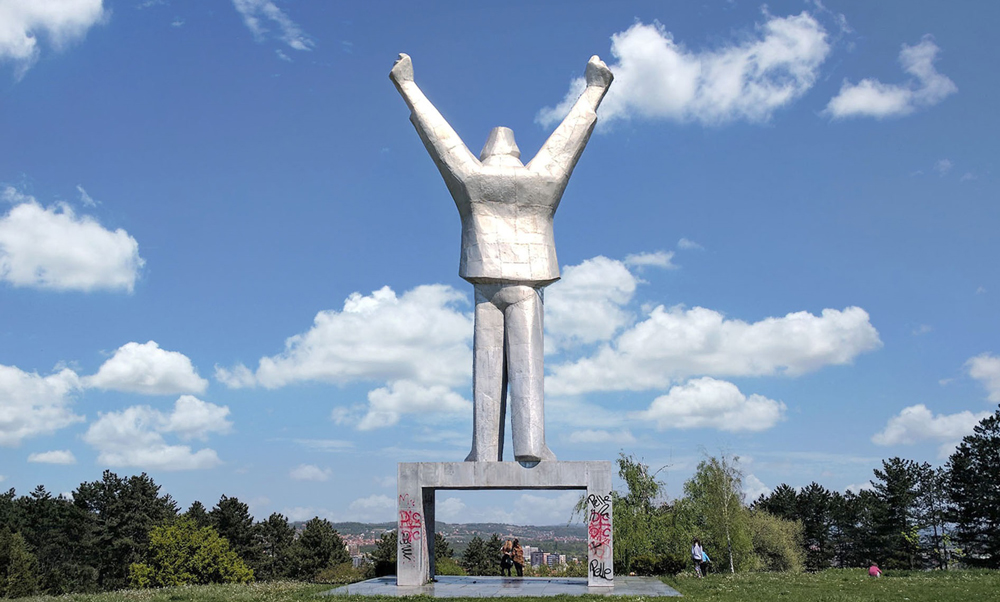
Stjepan Filipović Monument Valjevo Serbia Vojin Bakić 1960 ©
While, yes, there were unquestionably efforts made in certain regions during the years after the dismantling of Yugoslavia to remove monuments from that era, thousands continue to exist across the landscape up to the present day, with many surviving works owning their continued existence to their sheer size and immovable nature. Consequently, many of these surviving ‘immovable’ Yugoslavia-era monuments act as thorns-in-the-side to some politicians of the contemporary governments of the successor nations of Yugoslavia.
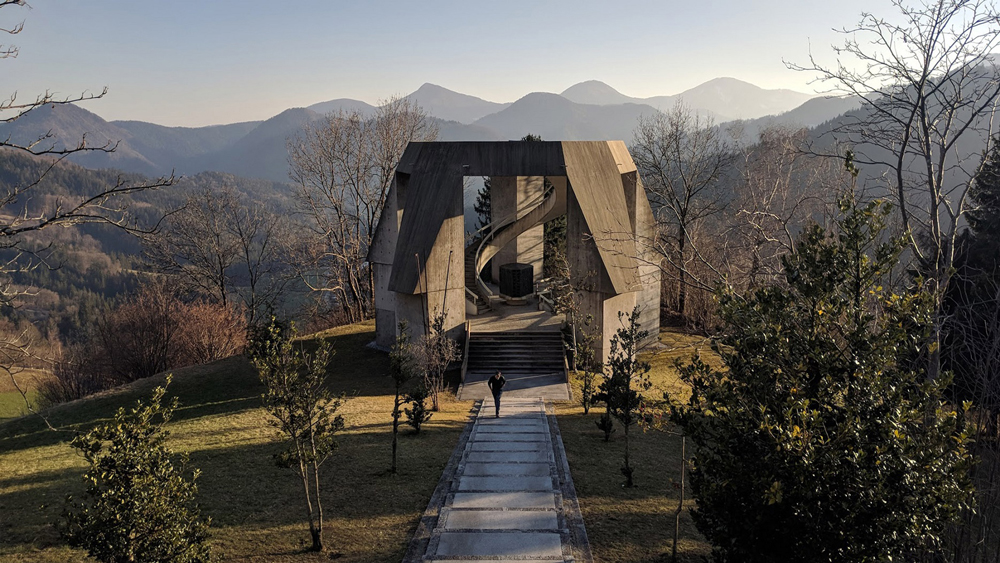
Monument Cankar Battalion Dražgoše, Slovenia Boris Kobe 1976 ©
Is Yugo-nostalgia a real thing and if so, where do spomeniks fit into that?
It is a complicated subject for many, this notion of “Yugonostalgia”. Obviously, in the past, the term has been used as a pejorative towards people, a word meant to ridicule and assail individuals as “backwards” or “regressive thinking”. In my observations, I’ve seen this sort of negative use of the word pop up often in relation to individuals or groups who wish to restore or rehabilitate neglected or destroyed monument sites, with naysaying critics often throwing that word out, often paired with accusations like “You’re just trying to rebuild Yugoslavia, aren’t you?” However, I think more and more people are using the word “Yugonostalgic” for themselves in a positive light, almost like they are reclaiming the word. Whether it be the music, the fashions, the Partisan films, the design aesthetic of the Yugoslav-era, much of it is coming back into style.
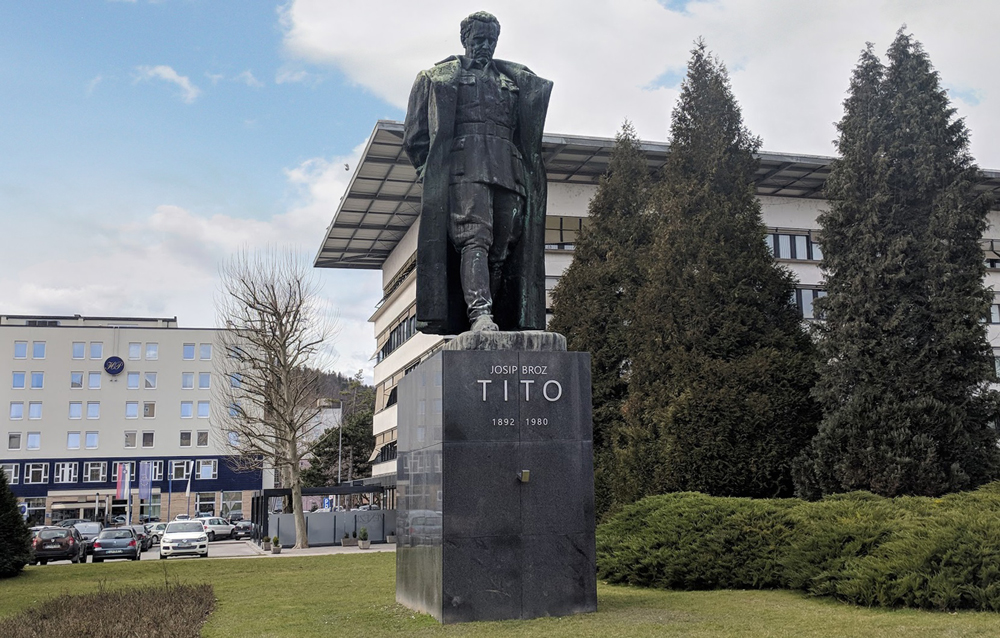
Tito Monument Velenje Slovenia Antun Augustinčić 1977 ©
In fact, I have a friend in Belgrade, Mario Milaković, who owns a whole guesthouse called Yugodom centred around recreating the Yugoslav experience from top to bottom. He’s been VERY successful with that. But it isn’t just about the style and retro-aesthetic… I have heard many people within the region voice to me that when looking at the spectrum of their country’s momentum, the past often looks more optimistic than the future does. From that perspective, this nostalgia phenomenon gains much greater context. As far as the monuments, I am often witnessing them operate as symbolic elements around which positive feelings for the Yugoslav-era coalesce. For many people, the monuments stand as important reminders of hopeful ideals and a time of peace before a great fracturing into violence and war. For people in their 30s now, perhaps some of their last happy memories of a united Yugoslavia were growing up in the 80s and taking part in exciting monument visits to Kozara or Sutjeska as part of Tito’s Pioneers with their friends, wearing their Titovka with a red scarf and singing patriotic songs together.
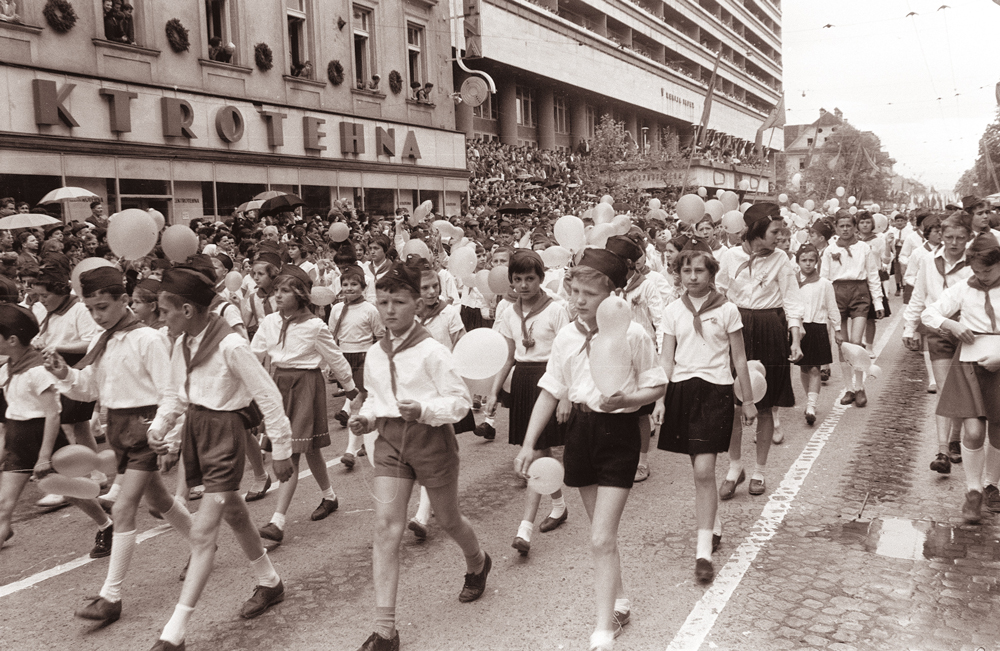
Jože Gal, Public domain, via Wiki Commons
The growing worldwide fascination with the spomenik monuments affects the very word itself and their cultural roles?
Another point to remark on in the discussion of the word spomenik is its recent entrance into English and numerous other world languages as a word referring specifically to Yugoslav-era monuments. This phenomenon no doubt began with the above mentioned Belgian photographer Jan Kempanaers who published a collection of his images of these works in a 2015 photobook titled simply Spomeniks, with the photos often pointed to as being the instigator of global interest in these monuments. Various perspectives exist on the use of the word spomeniks in this regard with many embracing it as a unique word to refer to a distinct body of cultural heritage while others contend that its use in this way is inappropriate and only serves to further exoticize the often misunderstood monuments.
The discussion arises further around the pluralization of the word spomenik, which, when employing the languages’ grammar rules, is properly written as “spomenici”. However, as many outside of the former-Yugoslav region are unfamiliar with South Slavic grammar rules, the word is often pluralized by just adding an ‘s’ ending as spomeniks. This is seen not only just in English but also in numerous other languages as well. A multitude of perspectives around the phenomenon are also divided with many finding it a clever and innovative merging of languages, while others remark that such word constructions are silly or even problematic. To this day, conversations continue in many realms (from academia to tourism, to social media, to politics and further) about the framework within which Yugoslav-era antifascist monuments should be shared, remembered and valorized.




